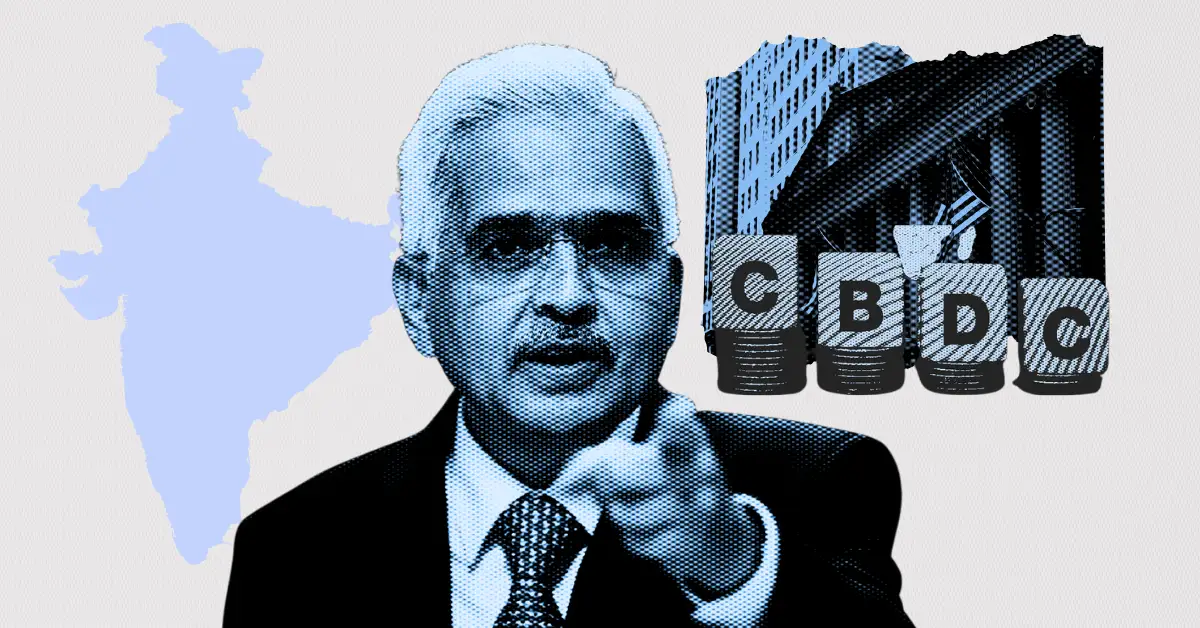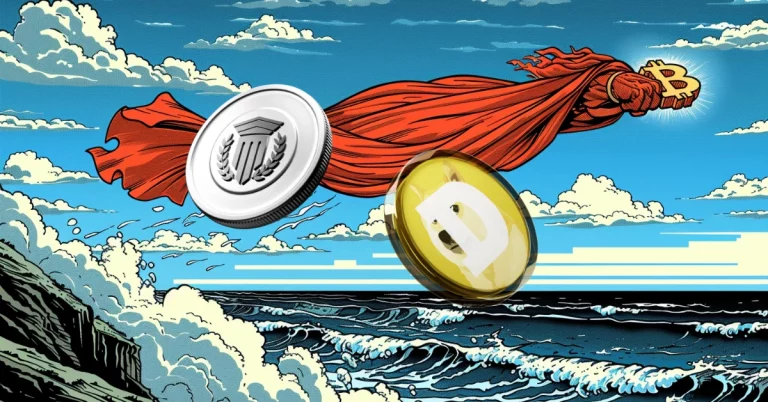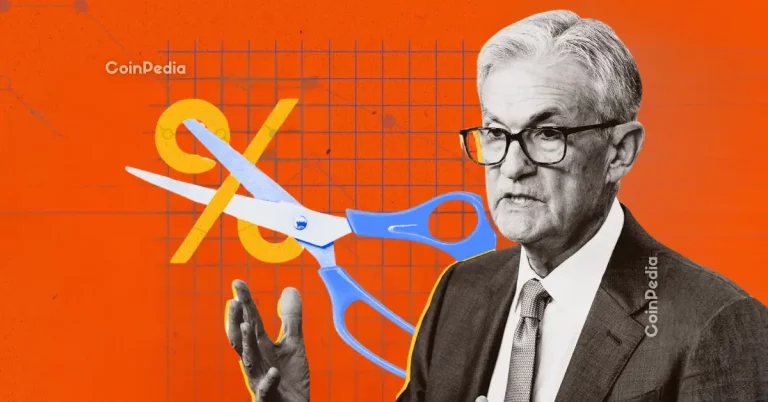
The conversation around cryptocurrency and its impact on national economies continues to dominate financial headlines. In India, the Reserve Bank of India (RBI) has raised concerns about the potential threats posed by cryptocurrencies and stablecoins to the country’s financial stability and monetary policy. Let’s delve into the details of RBI’s warnings and explore the proposed solution of a Central Bank Digital Currency (CBDC).
Cryptocurrencies’ Impact on Financial Stability
In a recent lecture at the Delhi School of Economics, RBI Governor Sanjay Malhotra expressed significant apprehension regarding the rising adoption of cryptocurrencies. According to him, private digital assets, including crypto and dollar-backed stablecoins, carry a “huge risk” to India’s financial ecosystem. These concerns stem from the ability of cryptocurrencies to influence monetary policies, weaken local currencies, and encourage economic vulnerabilities.
Governor Malhotra emphasized that if people begin to prefer dollar-based stablecoins over the Indian Rupee, it could erode the power of the local currency. Such trends may also allow external factors to indirectly manipulate India’s monetary policies, creating long-term disruptions.
Stablecoins: A Double-Edged Sword?
RBI Deputy Governor T. Rabi Sankar echoed similar concerns. While stablecoins are often touted for their price stability due to being backed by assets, they are not without issues. He stressed that even these “safe” cryptocurrencies can reduce a country’s monetary authority, introducing policy challenges that are difficult to mitigate. This perspective makes clear that India needs a cautious approach when handling private digital currencies.
India’s Support for a Central Bank Digital Currency (CBDC)
Rather than embracing unstable private cryptocurrencies, the RBI has identified a safer alternative: India’s own Central Bank Digital Currency (CBDC). A digital version of the Rupee, the CBDC allows the central bank to maintain currency control while facilitating digital transactions. Governor Malhotra pointed out that such digital monetary systems ensure financial integrity and provide governments with essential policy controls.
At forums such as the recent International Monetary Fund and World Bank meetings, the RBI called for other countries to prioritize CBDCs over stablecoins for cross-border payments. This, they argue, would ensure economic safety and regulation on a global scale.
What’s Next for India’s Crypto Regulation?
While the RBI has issued strong warnings about cryptocurrency, the decision on how to regulate the sector ultimately rests with the Indian government. The government, in consultation with financial leaders and economists, will finalize the country’s crypto policies to strike a balance between innovation and safety.
The message from India’s central bank is clear: handle cryptocurrencies with care, focus on mitigating risks, and prioritize national economic stability. This risk-averse approach underscores their commitment to shielding the Indian economy from potential financial shocks.
Recommended Resource: Crypto Wallet for CBDC
If you’re exploring how to prepare for widespread CBDC adoption, consider purchasing a secure digital wallet like the Ledger Nano X. This premium wallet helps you store and manage digital currencies safely, offering robust security and wide compatibility with digital financial solutions.




